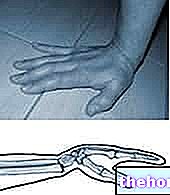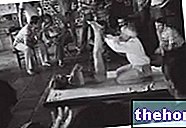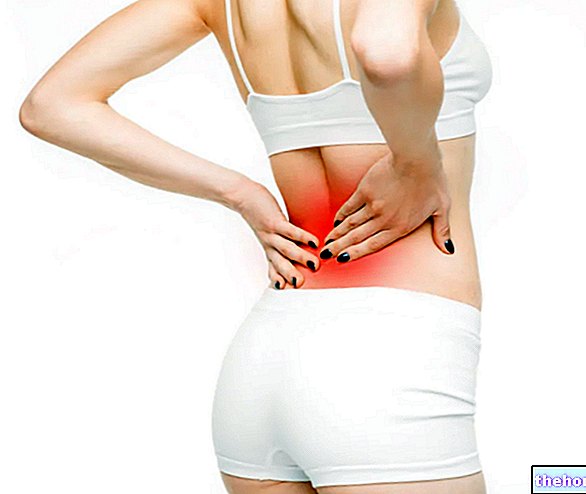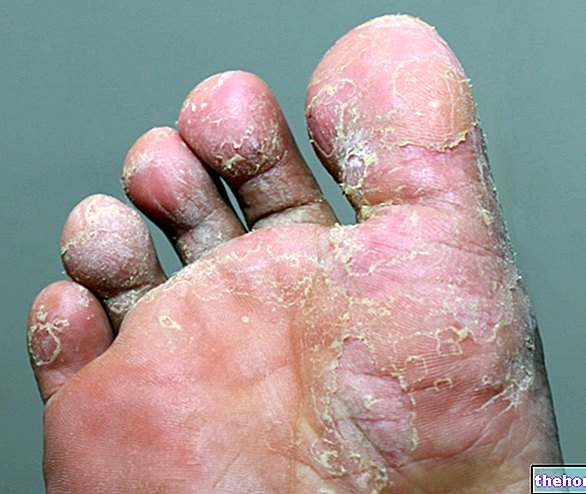Edited by Professor Rosario Bellia
Stabilization protocol in the aftermath of partial or post-operative injury of the anterior cruciate ligament
Knee sprains are among the most frequent injuries found in the practice of sports medicine, especially in some sports such as skiing, football, basketball, volleyball and rugby. The diagnosis of these injuries must be made with precision and speed, in order not to pass to an irreversible injury that will inexorably lead the athlete to chronic knee instability, often responsible in the long term for a secondary arthrosis.
Traumatic mechanism and etipatogenesis
a) trauma in internal varus rotation, also rupture of the external tibial plateau, anterolateral ligament and external meniscus can be associated with the ACL injury;
b) trauma in external valgus rotation, often associated with the injury of the ACL and also that of the internal collateral ligament and the posterior oblique ligament;
c) Hyperextension causes an isolated ACL injury;
d) A sharp contraction of the quadriceps which, causing an anterior subluxation of the tibial plateaus, leads to the lesion (in skiing).
Here is how Tessa, national triathlete, remembers the moment of trauma during a phase of obstacle course training, says:
"in the support phase of the foot of the first leg after crossing the obstacle", in the transfer of the load I felt a sensation that the knee was going backwards, as if it came out of place with a violent crack and a strong pain-heat that made the breath. After that I collapsed and when I tried to get up my knee was no longer supporting me. After a few minutes the pain subsided, giving way to general soreness and a lack of strength. I immediately applied ice and "the next day my knee was swollen, painful and with a sense of instability. First an objective diagnosis of suspected injury and after MRI confirmed the diagnosis of complete isolated ACL rupture."
The diagnosis
The diagnosis is based on an accurate anamnesis followed by the physical examination, which unfortunately for pain and antalgic muscle contracture is often poor, but always sufficient to indicate the type of conservative or surgical treatment. The "history of a" severe "acute ligament injury, with ACL compromise, is based on some fundamental points:
a) the type of traumatic mechanism
b) the crack perceived by the patient is often associated with the sensation that the knee has gone out of place and is back in place
c) the failure that frequently occurs when the patient getting up from the ground, after the first trauma, feels trying to load again on the traumatized knee
d) the appearance of an immediate effusion or a few hours after the trauma.
-e-trattamento-con-il-taping-kinesiologico-.jpg)
It is based on the positivity of some tests of which the most important and significant is the Lachman, in addition to the Jerk test (or pivot shift), which is a dynamic test.
With great interest I reviewed from the technical-methodological point of view an "intuition of a young colleague-student, but very brilliant, Dr. Andrea Conti of Terni, who suggested some parts of this bandage for the anterior instability of the knee.
From the physiotherapy point of view, in addition to the specific muscle strengthening protocol and a proprioceptive re-education of global reprogramming, the proposed bandage can be used.
Furthermore, this bandage method can be used synergistically for stabilization of the anterior drawer, consisting of: two I at 50% tension in the central part with anchoring to the femoral condyles, and in the femoral flexors a Y in functional correction, passing through the cable popliteal.
-e-trattamento-con-il-taping-kinesiologico-_2.jpg)
This technique becomes even more effective when done with the company's Linear tape
-e-trattamento-con-il-taping-kinesiologico-_3.jpg)
Kinesiology® taping trajectories to counteract the anterior drawer of the unstable knee. The "Application on a" professional Kick boxing athlete from Bolzano and a national triathlete is reported.
The elastic tapes used for the studio's applications are Kinsiotape and Linear from the company: Visiocare Srl. Vedano al Lambro (MI)
-e-trattamento-con-il-taping-kinesiologico-_4.jpg)
-e-trattamento-con-il-taping-kinesiologico-_5.jpg)
Doctor Andrea Conti during the first application.
Trajectory elaboration by prof. Rosario Bellia.
The photos shown in this study are original and property of the author.
All the contents (texts, photos, graphics) present in this study are protected by the legislation on copyright and therefore cannot be published, rewritten, distributed or marketed. The Download of the document, images and other types of files may be carried out only for personal and non-commercial use. Its possible use on websites can take place with the authorization of the author and citing the source.




























